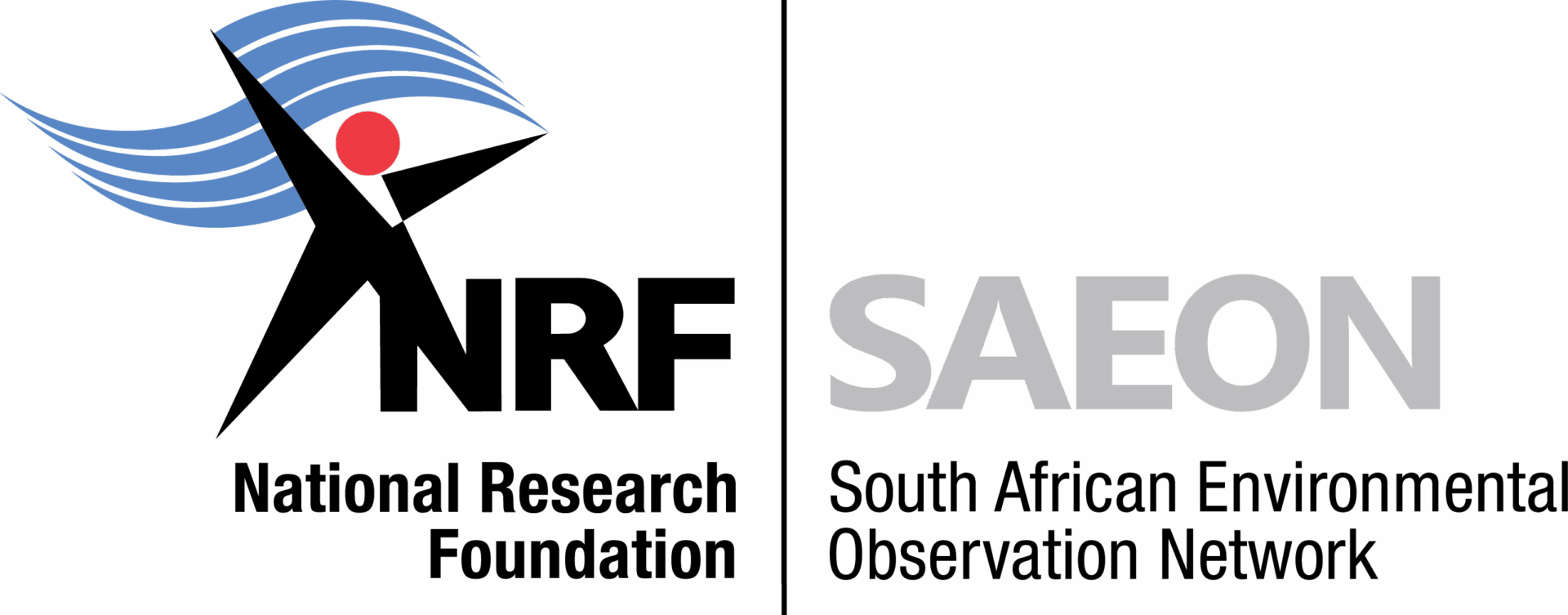| The Olifants River is one of the most degraded rivers in the country, with numerous sources of pollution from mining, agriculture and settlements, and numerous dams within its catchment. As the river flows into the Lowveld, it receives some additional pollution but also also flows through extensive protected areas before entering Mozambique. In 2009, the Node established 10 monitoring sites on the lower Olifants River and its main tributaries, in order to better monitor pollution inputs, and study the response of water quality and aquatic biodiversity to these. Surveys of macro-invertebrate and fish composition are used as integrative indicators of water quality and aquatic biodiversity. The specific aims are to: – to determine if a widely used monitoring methods (SASS) can be used to detect large pollution events, – detect trends of changes in water quality on seasonal and annual time scales and – provide long-term data on both aquatic communities and key water quality variables, at the same sites. |

